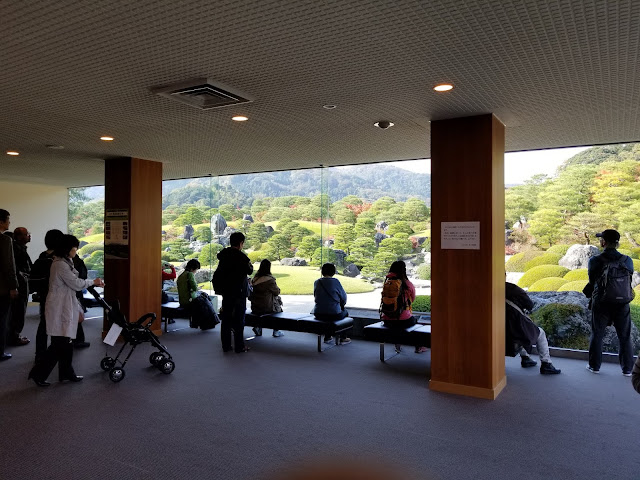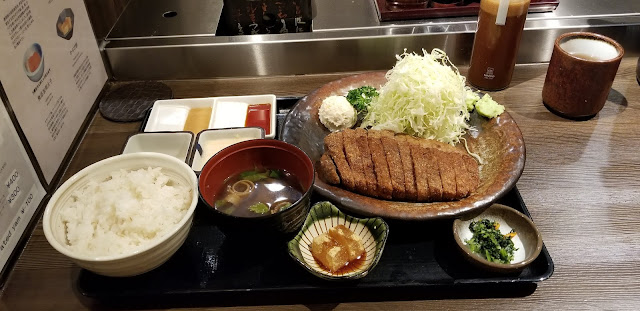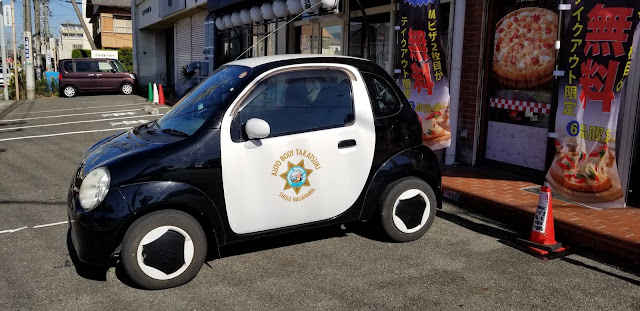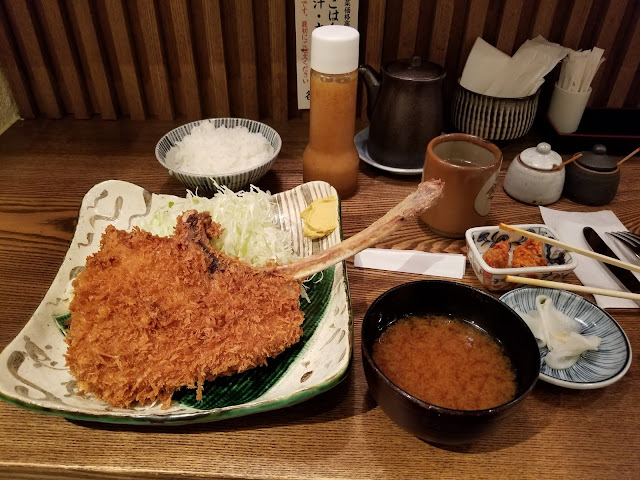This article was updated on 18 Sep 2021 to clarify the details on taking the train to Yasugi Station and the Adachi Art Museum.
The Adachi Museum of Art (足立美術館, Adachi Bijutsukan) should be on everyone's sightseeing list when visiting Japan. While it is an art museum, the real reason you should visit the museum is to see the 16.5 hectare (40.7 acre) garden. The garden has been voted the number one Japanese garden since 2003 by the Journal of Japanese Gardening. The museum's founder, local businessman Zenkō Adachi (1899-1990), believed "the garden is also a picture" and devoted himself to gardening until his death. As seen in the picture above, the inside of the museum was designed to frame the garden as a picture. While the views from inside the museum impressive, the views of the garden from outside of the building are spectacular (visitors are not allowed into the garden themselves). The views change with the four seasons, so one visit will only give you a glimpse of garden's possibilities. I've been fortunate to visit the garden twice, once in Dec 2009, and more recently on 14 Nov 2017. Please continue reading the rest of the article and to see more photographs.



